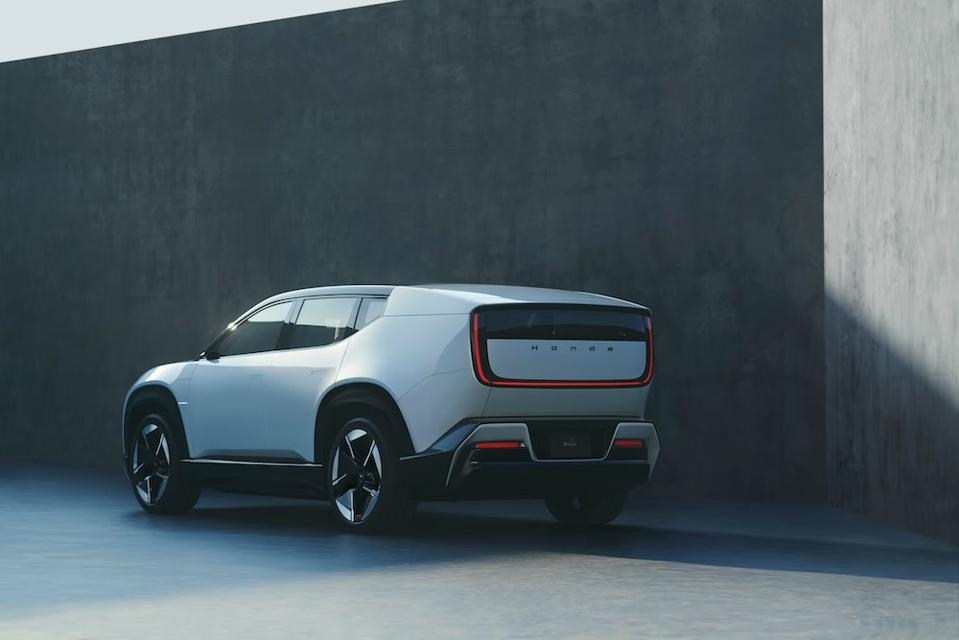The Honda 0 (pronounced ‘Zero’) SUV was the first vehicle to ever be displayed inside a stadium for a World Athletics Championships, the tournament that finished on September 21 in Tokyo. And after the Olympics fiasco of 2020, where the Games were postponed for a year due to Covid, and then no spectators were allowed into the Japan National Stadium in 2021, this recent athletics event just happened to be the first time that a major international athletics meeting had been held there.
Gandini-style design offers something fresh
Now what is eye-opening about this 0 SUV is that it offers a totally new interpretation of what an SUV can look like with its Gandini-style wedge-shaped penmanship and pop-up headlights. It has no rear window but several publications including Top Gear have said that they would gladly take the car “if its rear tail lights make production.” If it arrives with those short overhangs, generous glass surfaces and elevated roofline, then the SUV should poll well with motorists.
The new styling could turn buyers away from established brands
Presuming that Honda can minimize curb weight and in turn, deliver sharp handling, then this particular EV could well have the looks and on-road manners to turn buyers away from the likes of the Tesla Model Y, BMW i4 and Mercedes Benz EQE.
Inside, Honda promises a digital experience driven by its new ASIMO OS system that’s incorporated into plans for a software-defined vehicle (SDV) platform which sits on a dedicated EV skateboard chassis. Honda says it will also get Level 3 autonomous driving capability. No more buttons everywhere — instead a mix of large central screens, minimal physical controls, and a chic, spacious, flexible seating layout.
Under the skin, powertrain expectations are becoming clearer. There will be single-motor, rear-wheel drive version, as well as a dual-motor all-wheel drive trim. The base spec is reported to offer around 245 horsepower in RWD format; higher spec dual-motor versions may reach 480-hp combined. The battery pack is expected in the 80-90 kWh class, giving an estimated range of approximately 300 miles in the higher spec versions.
Expect to see the production version unveiled in late October at the Japan Mobility Show, with a late 2026 launch in the pipeline.

